The 4-Stretch Test to Tell If You're Dangerously Inflexible
Plus, how to limber up and lower your risk of injury.
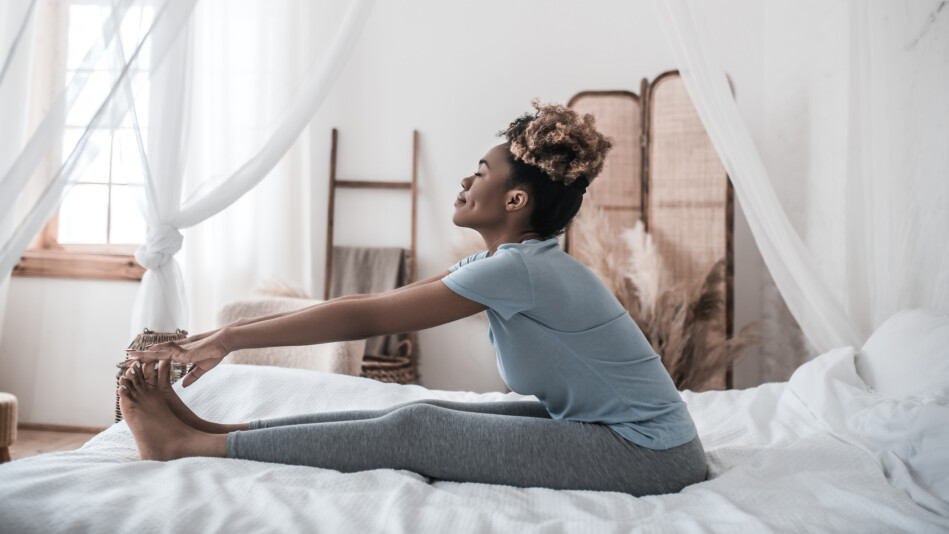
Photo: Cultura RM/Steve Prezant/Getty Images
These four stretches are exactly what Walter Norton, Jr., owner of the Institute of Performance & Fitness in North Reading, MA, uses to gauge every new client's flexibility—whether they're a pro athlete, a celebrity or an average person looking to improve their fitness. Find out what your performance says about the state of your body.
The Spider-Man
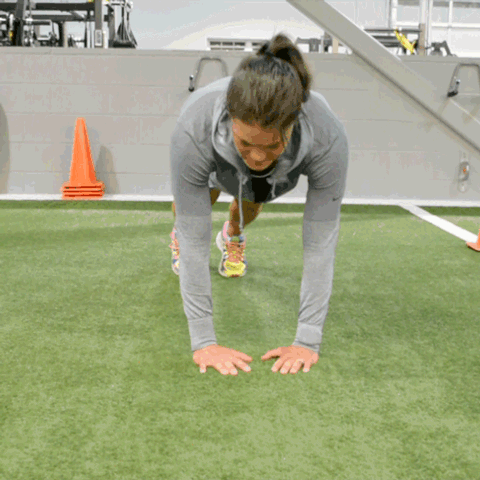 What you're testing: How flexible each hip is on its own
What you're testing: How flexible each hip is on its own
How to do it:
1. Start in a pushup position, with your hands directly underneath your shoulders.
2. Bring your left foot alongside your left hand and put your right knee on the floor.
3. Dip your left shoulder towards the floor as you try to go deeper into the stretch. Hold for 2 breaths.
4. Return to starting position and repeat on the other side, then continue for a total of 3 reps on each side.
You've got a problem if: There's a big difference between how close to your hand you can bring the foot on one side compared to the other side.
The danger: A lack of flexibility often stems from a lack of strength, says Norton, Jr., meaning your less flexible hip is weaker than the other. Not only can that create serious balance issues, but other parts of your body may pitch in to compensate, too, working in ways that they're not meant to work and leading to muscle fatigue in those areas. Both of those problems increase your odds of injury. Take weakness in your right hip, for example. It could mean you rely more on your left leg as you're going about your day. Over time, if you don't work to correct this, you may have more wear and tear on your left knee and ankle.
The Inchworm
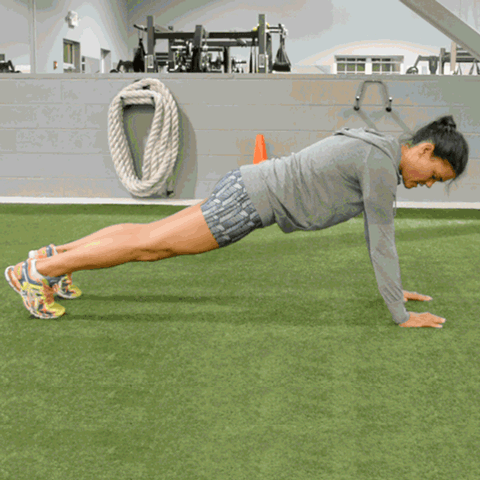 What you're testing: Hamstrings and calves
What you're testing: Hamstrings and calves
How to do it:
1. From a pushup position, slowly start walking your feet toward your hands, taking tiny steps so your butt gradually goes up in the air.
2. Walk your feet as far as you can without bending your knees.
3. Take 3 breaths, then walk your hands forward until you are in pushup position again.
4. Repeat 3 times.
You've got a problem if: You can only take a few small steps, or you can't get your feet past the spot where your knees were in the pushup position.
The danger: Tight calves and hamstrings are a sign that your range of motion in your legs isn't what it should be. Norton, Jr. often sees this in treadmill runners, who tend to reach out with their feet instead of lifting their knees, overextending the muscles in the back of the leg. Limited range of motion also makes your back a prime target for injury, since your body will naturally take the path of least resistance as you go about your day, meaning instead of bending down to pick something up the proper way, you're more likely to bend over and put unnecessary strain on your back.
The Hip Shifter
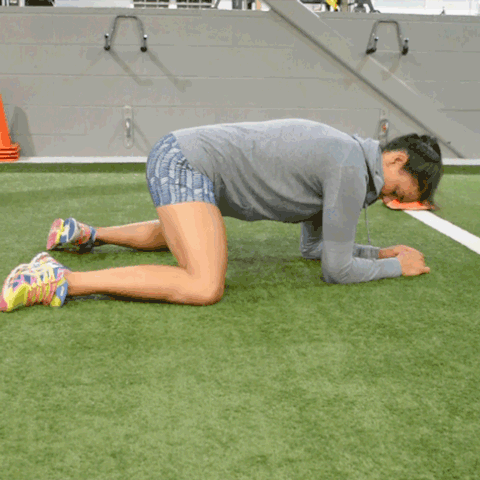 What you're testing: How well your hips can move together
What you're testing: How well your hips can move together
How to do it:
1. On a soft surface, kneel with your knees spread as wide as they comfortably can, then lean forward and put your weight on your forearms.
2. Keeping your forearms on the ground, push your butt back and sit back into your hips (picture the movement of a porch swing). Hold for 2 breaths.
3. Come back to start and push your butt back again, aiming to go a little bit deeper.
4. Repeat the stretch 10 times.
You've got a problem if: Your butt is barely moving when you try to sit back the first time and you make hardly any progress after the 10th time, or you can't get your knees wide enough to do the stretch at all.
The danger: When both hips are tight, chances are you're tight everywhere. And that signals that you're way too sedentary, since frequent and varied movement helps all of your joints move more fluidly, including your hips, says Norton, Jr. These are the types of problems you'd expect to see in elderly people whose main form of movement is standing up and sitting down, he adds. Flexibility concerns aside, a sedentary lifestyle is also linked to a host of health problems such as heart disease and high blood pressure.
The Bretzel Lean
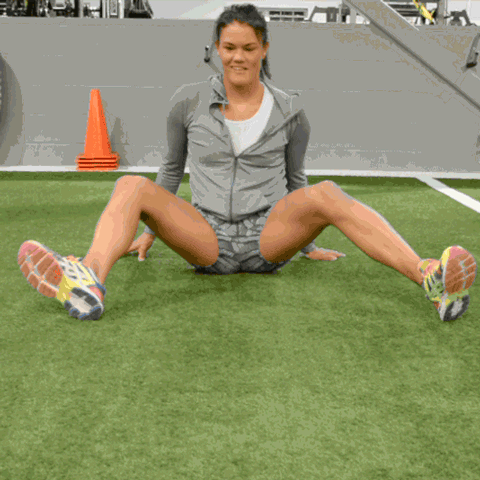 What you're testing: Glutes
What you're testing: Glutes
How to do it:
1. Sit with your legs spread wide out in front of you and your knees bent.
2. Lean as far as you can to your right, trying to bring your right knee to the ground while keeping your knees spread. As you lean, twist your torso and bring your hands to the ground on the side of your right leg.
3. Once you're as far to the right as you feel you can go, try to lower your chest to the floor and stay there for 3 breathes.
4. Return to the starting position and repeat on the left side.
5. Do the stretch 2 times on each side.
You've got a problem if: You can't get your leading knee close to the floor, or you can go much deeper into the position on one side than you can on the other.
The danger: When your glutes are tight, your back picks up the slack of their limited range of movement, and the resulting back pain can affect every move you make. While most people have one glute that's stronger, and thus more flexible, than the other, you should be able to get equally as far into the stretch on both sides (you'll just feel it more on one). If you can't, that's cause for worry, because just like with the Spider-Man stretch, serious weakness on one side leads to compensation elsewhere in your body and potential injury.
Get More Flexible
These problems sound complicated but the fix is simple: Move more and move in different ways. If you're sedentary, just walking more will help. If you're a regular at the gym but struggle with flexibility, add in exercises you don't normally do, like swapping a stationary-bike session for a bootcamp class. This will help improve your range of motion and you'll notice that, in time, these stretches will get easier. Do these stretches 3 to 4 times per week as you increase your activity level and make an effort to vary your workouts more. At the one-month mark, you'll see improvement.



